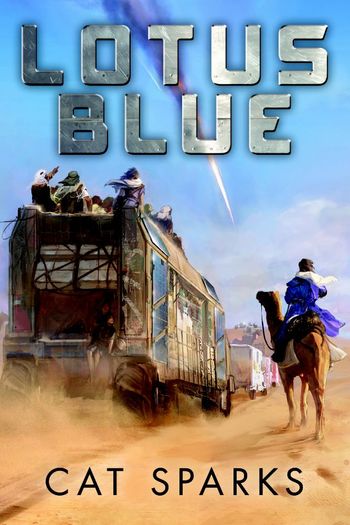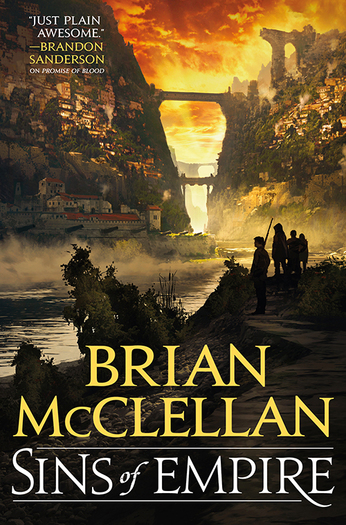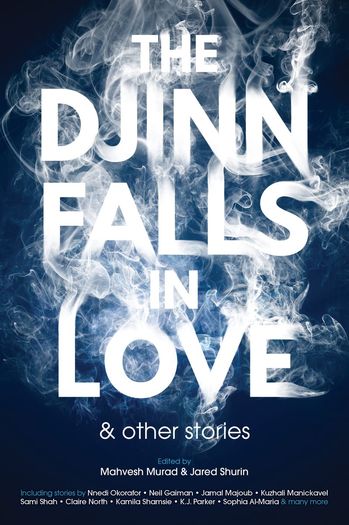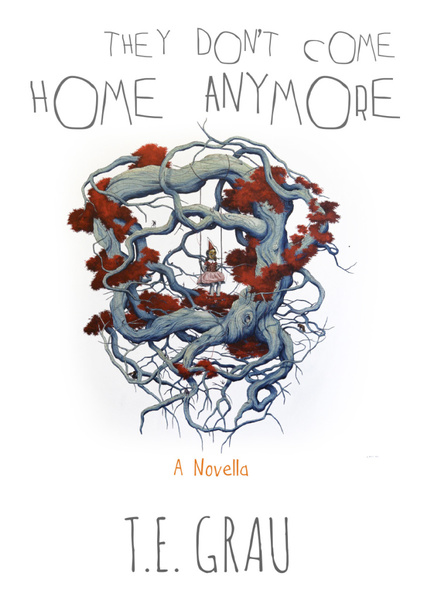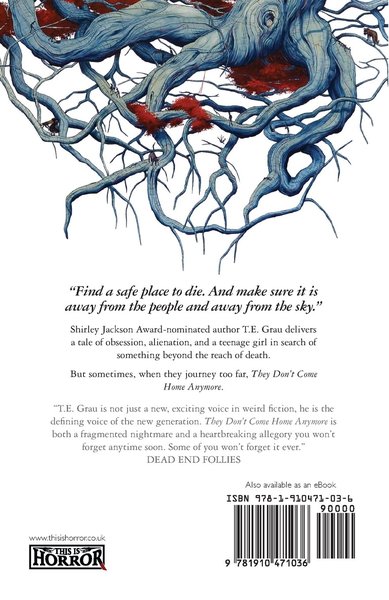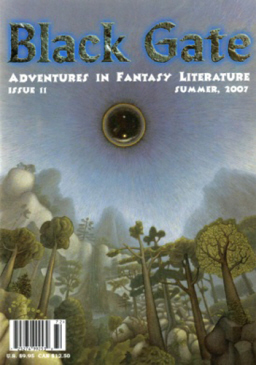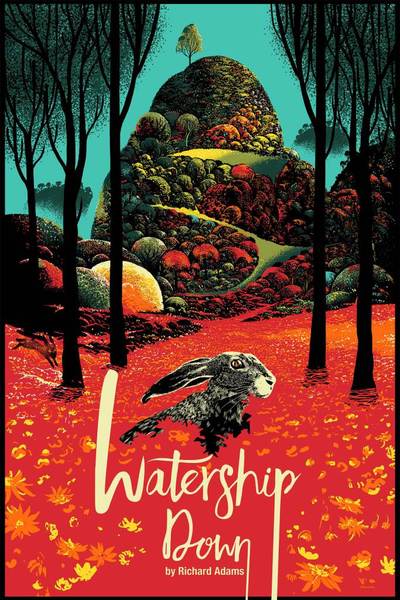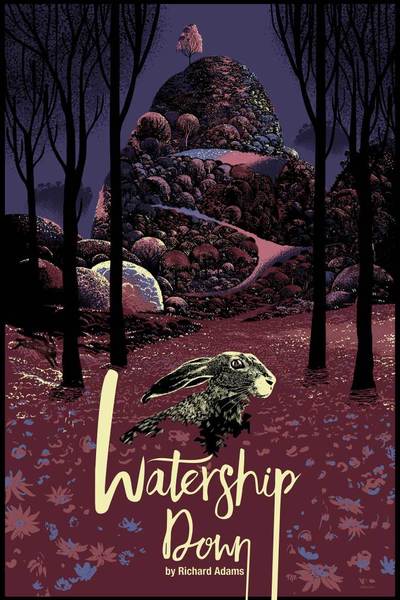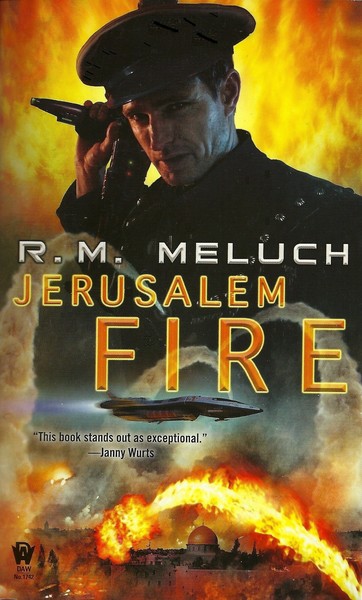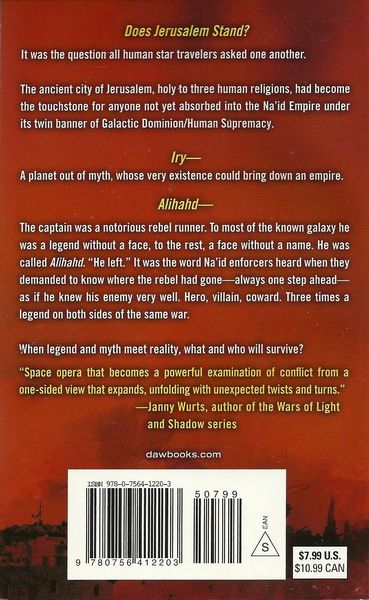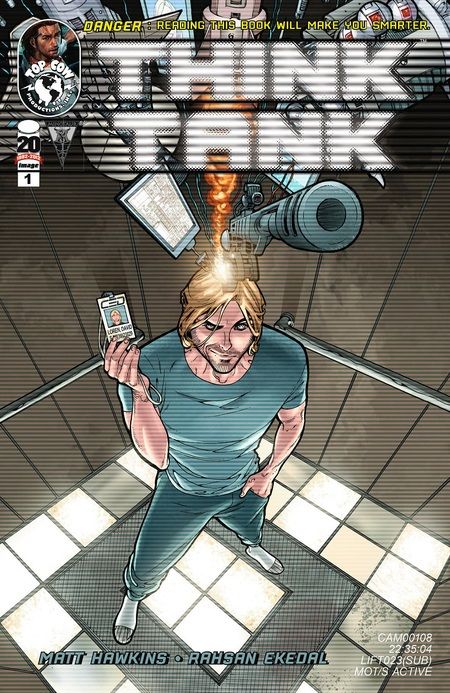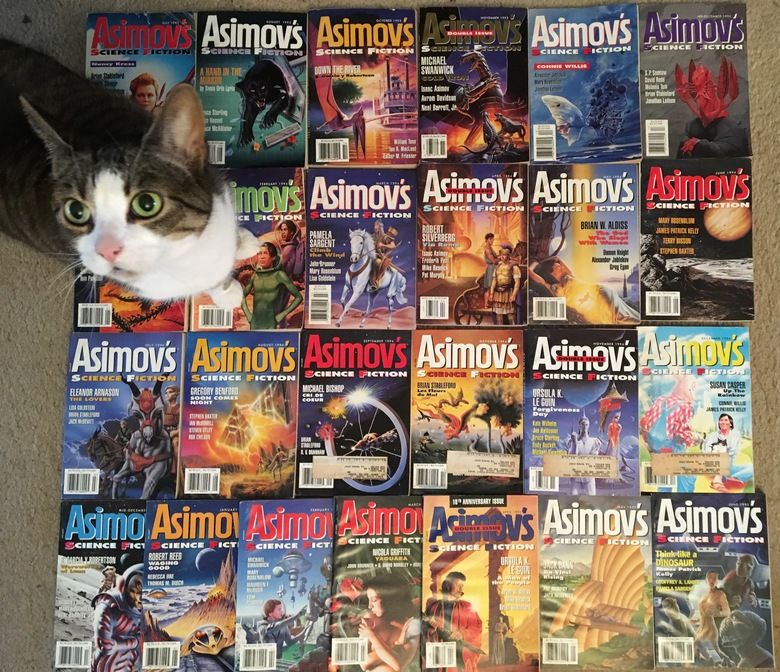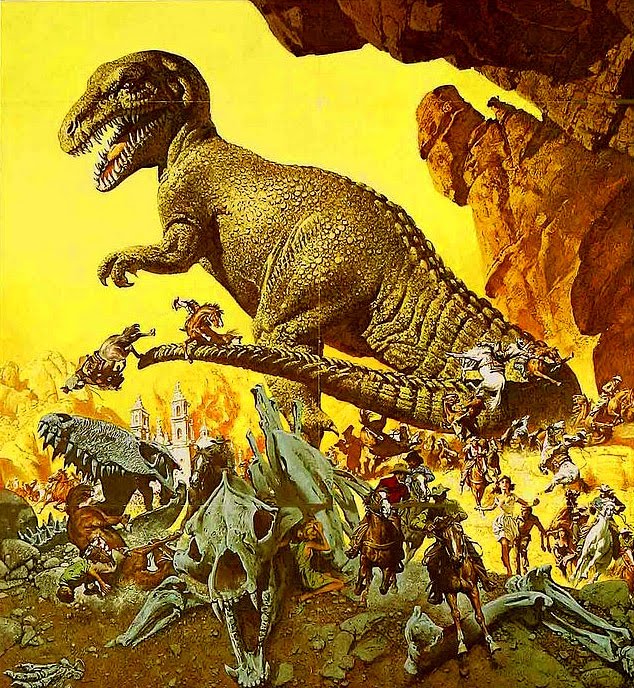Space Viking by H. Beam Piper
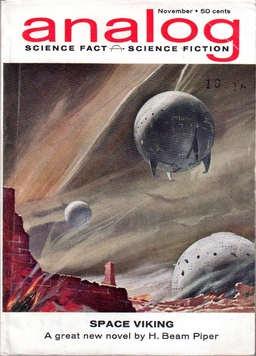 Over the past three-and-a-half years, I’ve written thirty-eight short story roundups (covering about 200 short stories) and one-hundred book reviews for Black Gate. The vast majority of what I’ve read has been swords & sorcery. As much as I love the stuff, I’m getting a little tired and I need to take a break. Not from reviewing, mind you, but S&S. A major point of reviewing was to get myself to read more, and I want to keep that up, but I need some variety.
Over the past three-and-a-half years, I’ve written thirty-eight short story roundups (covering about 200 short stories) and one-hundred book reviews for Black Gate. The vast majority of what I’ve read has been swords & sorcery. As much as I love the stuff, I’m getting a little tired and I need to take a break. Not from reviewing, mind you, but S&S. A major point of reviewing was to get myself to read more, and I want to keep that up, but I need some variety.
With the encouragement of our esteemed editor, John O’Neill, I’m going to start by focusing on the science fiction books I devoured in my younger days, as well as some classics I missed the first time around (I just started Hal Clement’s Mission of Gravity). Books by C.J. Cherryh, Gordon Dickson, and Poul Anderson are among the first I’m thinking about reviewing. I hope we all have fun with this, and I’m looking forward to reading everybody’s own recollections about these works. So come along, and let’s get started with one of the foremost novels of the well-loved SF writer, H. Beam Piper: Space Viking (1963).
H. Beam Piper (1904-64) didn’t publish his first story until 1947. Until his death at his own hand, he published nearly thirty more stories and ten novels. Most were science fiction, but he also wrote several mysteries, and was a member of the Mystery Writers of America.
